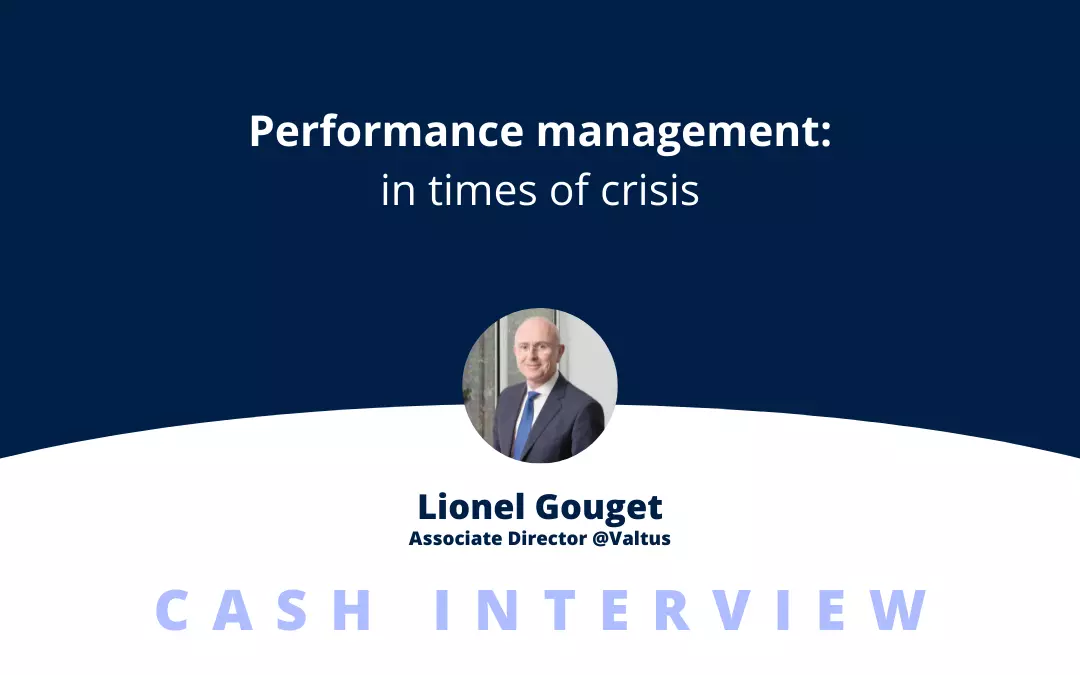In the wake of the global health crisis and the conflict in Ukraine, companies have run up debts that have destabilised their cash flow and their business. In this difficult context, several financing solutions are available, including deconsolidating factoring.
Summary:
Definition of deconsolidating factoring
What is accounting deconsolidation?
Deconsolidation, which is governed by strict standards, consists of removing a financial asset from a company's balance sheet. Then, it is transferred to another entity which then records this asset on its balance sheet. This operation can be carried out either by a direct transfer of the contractual rights to the Cashflows linked to the asset in question. Or by a commitment to transfer these same rights without delay.
To be considered deconsolidating, this transfer of assets must incorporate substantially all the risks and benefits associated with it and be deemed to be without recourse.
It is necessary to assess the transfer of the risks and benefits associated with the ownership of the asset. This will ensure that it meets the conditions for deconsolidation.
In this context, there are 3 cases:
- The company has transferred substantially all the risks and rewards of ownership of the asset to the second entity. In this case, the asset is deconsolidated.
- It has retained substantially all the risks and rewards. In this case, the asset is not deconsolidated.
- It has neither retained nor transferred substantially all the risks and rewards of the asset. In this case, it is necessary to verify that the company has retained control of the asset. That is, whether it has the ability to sell it.
How does deconsolidation work in the context of factoring?
Deconsolidation takes place in two stages:
- The transfer of the asset to the factor. Meaning the transfer from the company to the factoring company of the contractual rights to the Cashflows related to the transferred receivables. In exchange:
- Either the factor is delegated the collection of payments;
- Or a bank account is set up in the company's name with a contractual obligation to transfer the Cashflows to it. As soon as a payment is made to the factoring company's current account, the transfer of ownership of the receivable is effective.
- The evaluation of the transfer of risks and benefits related to the asset. For this purpose, it is necessary to look at the benefits and risks recovered by the factor at the time of the transfer of receivables. On the one hand, the factor recovers the right to receive payments and the possibility of exercising the rights attached to the receivable. On the other hand, there are several risks:
- Credit risk related to the insolvency of the debtor;
- Dilution risk (concerning litigation risks, possible settlement differences, credit balances or offsets);
- Carrying risk inherent to late payment in relation to the due date.
What are the advantages?
- Reduce the amount of trade receivables by improving the DSO; DSO ;
- Optimise financial ratios including trade receivables and WCR;
- Reduce the net financial debt from the financial statements;
- Improve the financial autonomy ratio (net financial debt / equity) and the leverage level (net financial debt / EBITDA).
Who is affected by deconsolidating factoring?
Deconsolidating factoring concerns any company that wishes to improve the presentation of its accounts.
It should be noted that this financing solution is particularly used by large companies, and more and more by SMEs and SMIs.
Deconsolidating factoring can be used, among others, to:
- Improve the presentation of their balance sheet at the end of the year for companies listed on the stock exchange;
- Diversify the sources of financing and reduce financial debts in the context of an LBO;
- Resetting accounts to 0 as part of a business transfer ;
- Generate Cash in the context of external acquisitions;
- Reassure investors on the health of the receivables.
In all cases, the final decision on deconsolidation rests with the company's statutory auditors. They are the only ones allowed to assess the substantial transfer of the benefits and risks inherent in the asset transferred.
Written by Eléonore Berne, on 10/05/2022.
« The Future of Payments » – Interview de Marion Laboure
Marion Laboure, economist at Deutsche Bank, talks to Cashlab about her latest study: "The Future of Payments".
In early 2020, 4,000 consumers were surveyed about payments. The topics covered included
The future of the finance function, digitalisation to meet new challenges
Treasurers face significant challenges. In order to meet them, their operating methods are going to be called into question. They will focus on tasks with high added value, linked to anticipation
Performance management in times of crisis
Interview with Lionel Gouget, Former CFO at 5àSec who has just joined Valtus as Associate Director. He shares with us his experience of setting up a
![]()
📍1, rue des Prouvaires
75001 Paris
Follow us:
©2023 All rights reserved. | Cashlab | Legal Notice




